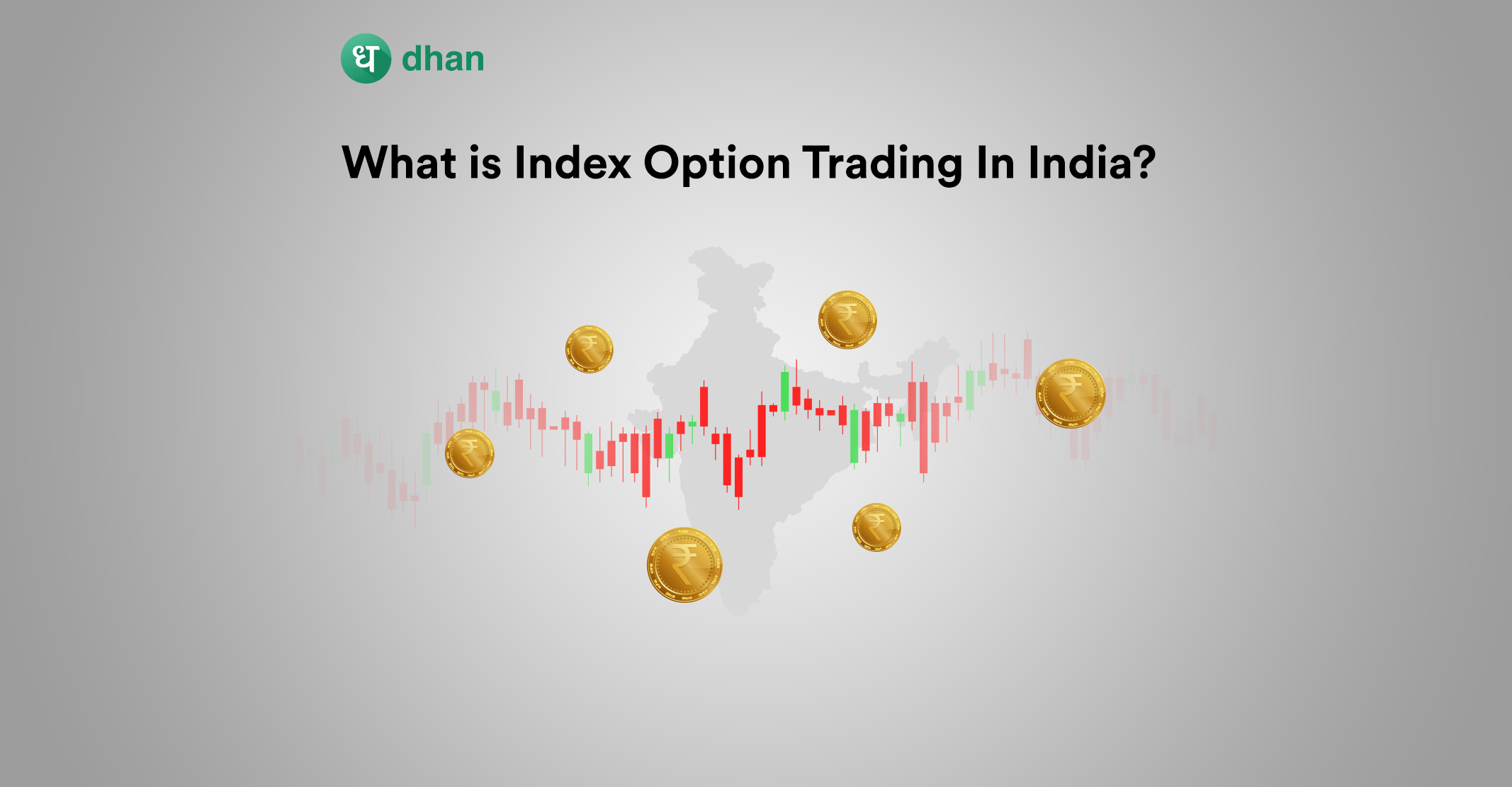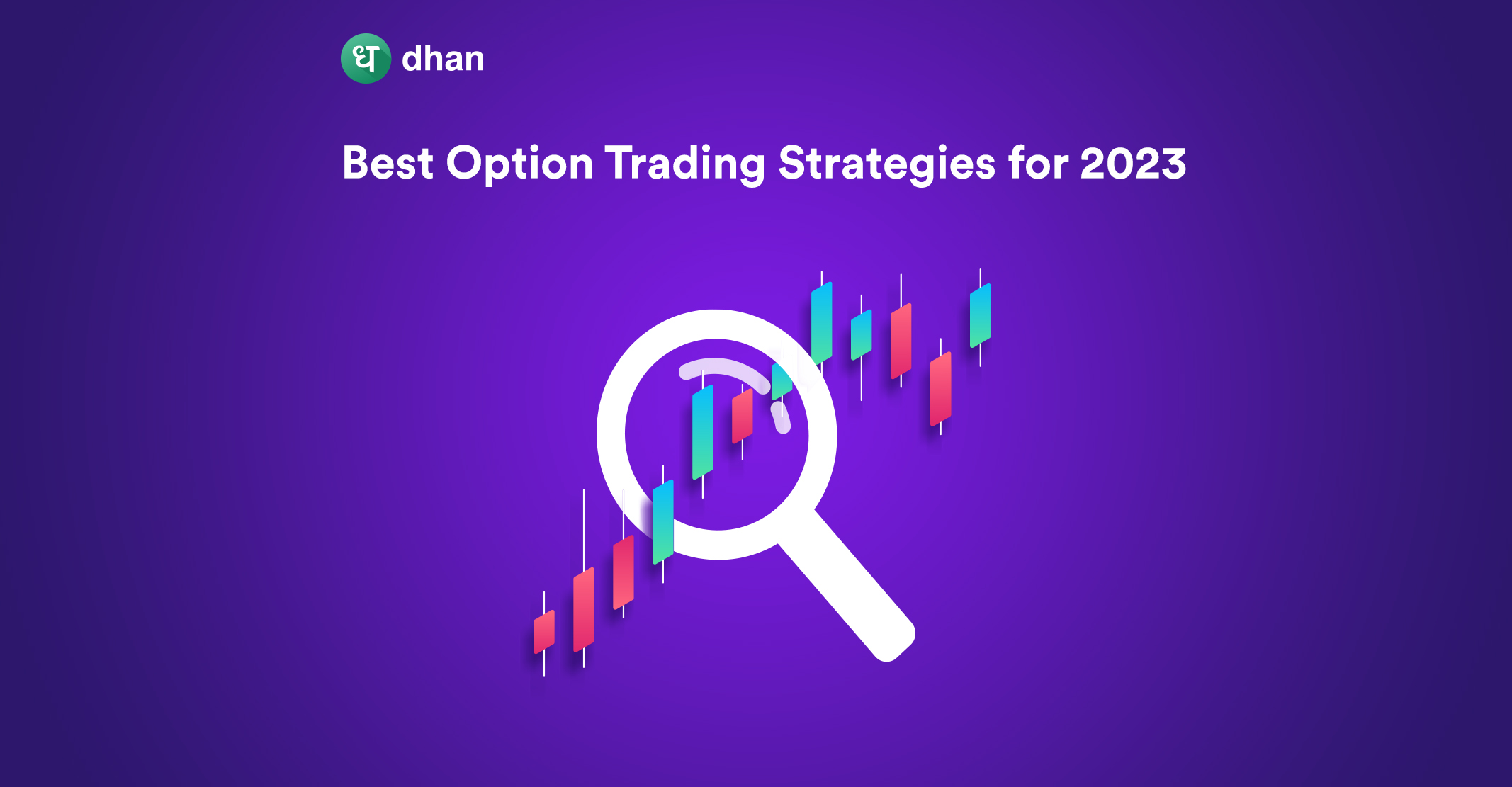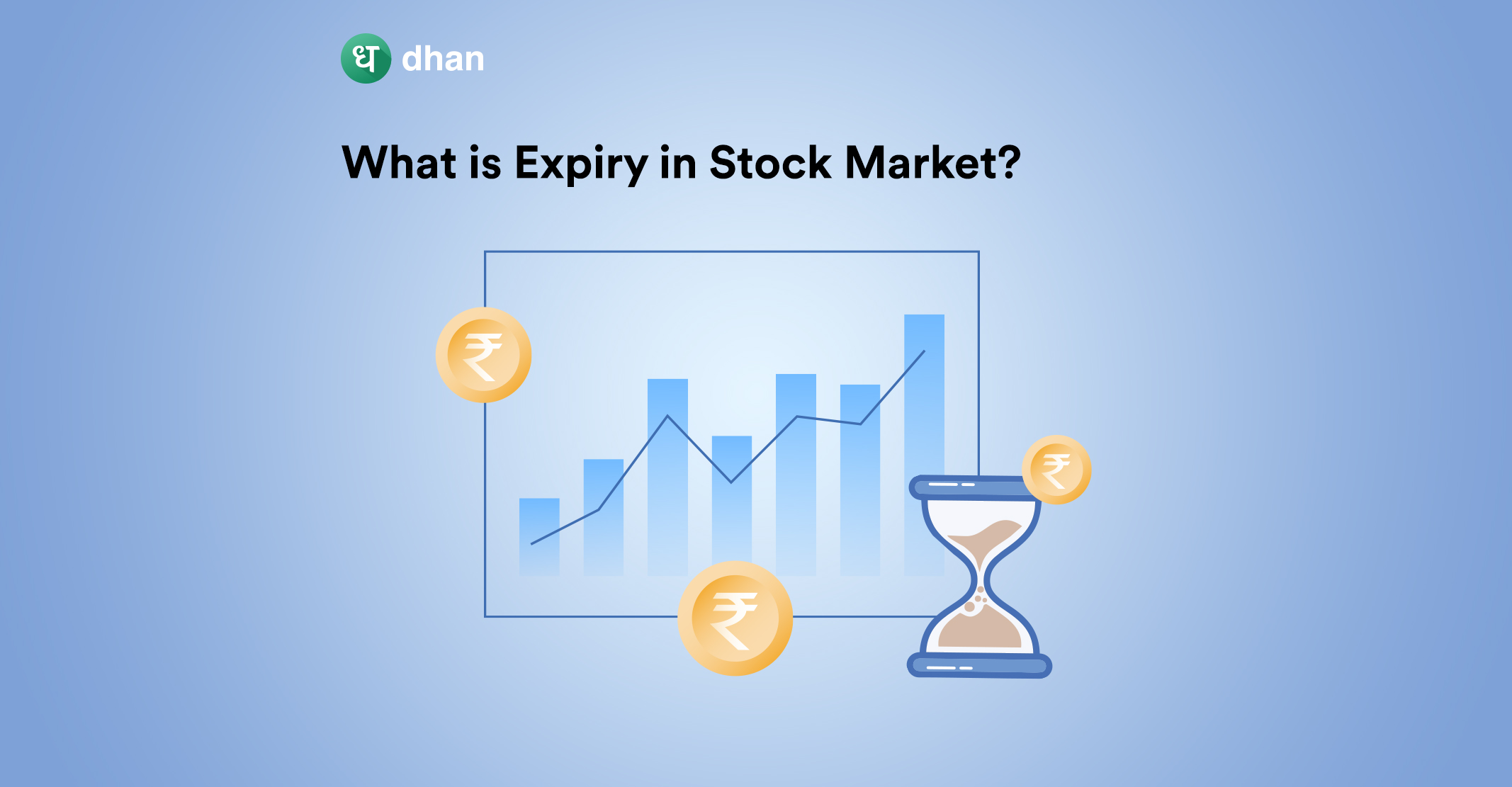As of FY 2022-23, the National Stock Exchange of India (NSE) witnessed an average daily turnover of over ₹94,55,000 crore in index option trading alone. It’s safe to say that the options trading market has come a long way in India since its inception in 2001 on NSE.
But what is index options trading and why should you even think about it? Read on to know.
What is Index Options Trading?
Index option trading is a type of derivative trading strategy that involves buying or selling options contracts of an underlying stock market index.
The most commonly traded index options in India are the Nifty 50 and the Nifty Bank, although Nifty Financial Services or Finnifty index options have also grown in popularity.
An index option contract gives the buyer the right, but not the obligation, to buy or sell the underlying index, more specifically the stocks of the underlying index, at a predetermined price (strike price) on or before the contract’s expiration date.
Think of an index option as a privilege. You get to buy or sell the underlying at a later date if it is in line with your bias, your strategy, and your goal. This privilege, however, comes at a cost. This is known as a premium in options trading.
By paying a premium, you can acquire two different types of options for an index:
- Call
- Put
A call index option gives a buyer the right to buy the underlying index at a later date, while a put option gives a buyer the right to sell the underlying index at a later date. Of course, the price is pre-agree as with any derivative contract.
What’s important to note is that each index option is designed to allow bullish and bearish traders to employ their strategies.
Selling options, also known as writing options, is a strategy used by traders who expect the underlying index to remain range-bound or have a slight upward or downward bias.
Benefits of Index Option Trading
By now, you must’ve understood what index options are. But the question is – why are index options traded? There has to be some benefit of trading index options over stock options. The simple answer is that index options are known to be less volatile than stock options.
This simple benefit opens a whole new world of possibilities for an options trader. If you’re one of them or want to become an options trader, read the following benefits of trading index options to know more.
1. Hedging
Trading index options can allow you to hedge against adverse market movements. By buying put options, traders can protect their portfolios from potential losses due to market downturns. Conversely, traders can profit from potential market upswings by buying call options.
2. Leverage
Index option trading allows traders to gain exposure to the market with a relatively small margin. As options are leveraged instruments, traders can control a large position in the underlying asset with a relatively small initial margin.
On Dhan, you can get more margin for trading index options by pledging your existing shares. This is known as a pledge margin benefit, which is available for index option buying and selling on Dhan. The following video can tell you more about it:
3. Flexibility
It provides traders with a high degree of flexibility in terms of their options trading strategies. With the help of an index option strategy builder, traders can customize their trades according to their risk tolerance and investment objectives.
4. Diversification
Index option trading provides traders with a diversified option as it covers a range of stocks in a particular market index.
Risks of Index Option Trading
Index option trading also carries certain risks that traders must be aware of, including:
1. Limited Timeframe
Index option contracts can expire sooner than you think, A typical index option’s expiry ranges from one to three months. Thus, traders must be able to accurately predict the market movements within this timeframe to make a profit.
2. Volatility
Option prices are highly sensitive to changes in volatility. High volatility can lead to wider bid-ask spreads, making it difficult for traders to enter and exit trades at desired prices.
3. Margin Calls
As options are leveraged instruments, traders may be subject to margin calls if the value of their positions falls below a certain level. This can result in additional capital requirements or forced liquidation of positions.
4. Black Swan Events
Black swan events, such as pandemics, natural disasters, or political unrest, can have a significant impact on market volatility and option prices. These events can cause unexpected losses for traders who have not adequately hedged their positions.
Things to Remember Before Trading Index Options
Before you start trading index options, especially Nifty option trading, know this. You should know the ins and outs of index options trading, including the terminology, underlying assets (such as Nifty 50), and how options contracts work.
Next up is to use a reliable platform like Dhan which helps you with not one but two options trading platforms:
- Dhan App & Web
- Options Trader App & Web
The benefit of this is a whole host of useful yet simple features like the Custom Strategy Builder, Advanced Option Chain, TradingView Charts, and much more.
Using an option strategy builder can be useful to develop and backtest various options trading strategies and determine the one that’s best. Don’t forget to track market news, use the right indicators, and keep tabs on the index’s value.
Always have a clear exit plan and stick to your predetermined stop-loss levels to minimize losses and avoid emotional decision-making. Speaking of managing risk, you can integrate two types of stop losses:
- Regular stop loss
- Trailing stop loss
Popular Strategies for Index Options Trading
There are multiple strategies that traders can use to trade index options. Each strategy depends on the trading goal, risk appetite, and market conditions. That said, here are three popular index trading strategies.
*SP: Strike Price; CMP: Current Market Price of Underlying Index
1. Iron Condor
You’ll typically use the Iron Condor during a stable or low-volatility market. It’s a versatile strategy that requires you to do the following:
- Buy OTM Put (SP < CMP)
- Buy OTM Call (SP > CMP)
- Sell ATM/OTM Put (SP ~ CMP)
- Sell OTM/OTM Call (SP > CMP)
Your profit will lie between the two strike prices of the options you’ve bought. If the index stays within this range until expiry, you will collect the premium from the index options you sold and make a profit.
B. Butterfly Spread
Those who use the Butterfly Spread often do it when expecting minimal price movement. You’ll typically do the following:
- Buy 1 ITM Call (different SP)
- Sell 2 ATM Calls (different SP)
- Buy 1 OTM Call (different SP)
The goal is to earn a profit when the index remains near the middle strike price. As a result, the strategy’s potential upside and downside are limited.
C. Straddle
Straddle is an interesting strategy that aims to profit off the upward or downward price swings of the same underlying index. You’ll do the following to execute this strategy:
- Buy 1 Call
- Buy 1 Put
Both contracts will have the same expiration date and strike price. The only caveat – the price swing should be much more than the premium paid for both options. If you have access to Straddle Chain, you’ll be able to focus exclusively on the strategy via the chain.
Conclusion
Index options trading has become a popular investment option for traders in India, providing them with a new avenue to hedge their risks and make profits. However, as with any investment, risks are involved, and traders must be aware of these before getting started.
By familiarizing themselves with index options trading, traders can effectively trade them and minimize their risks. With the growth of the Indian financial market, index option trading is set to become even more popular in the years to come.
Like this? Then you’ll love:



